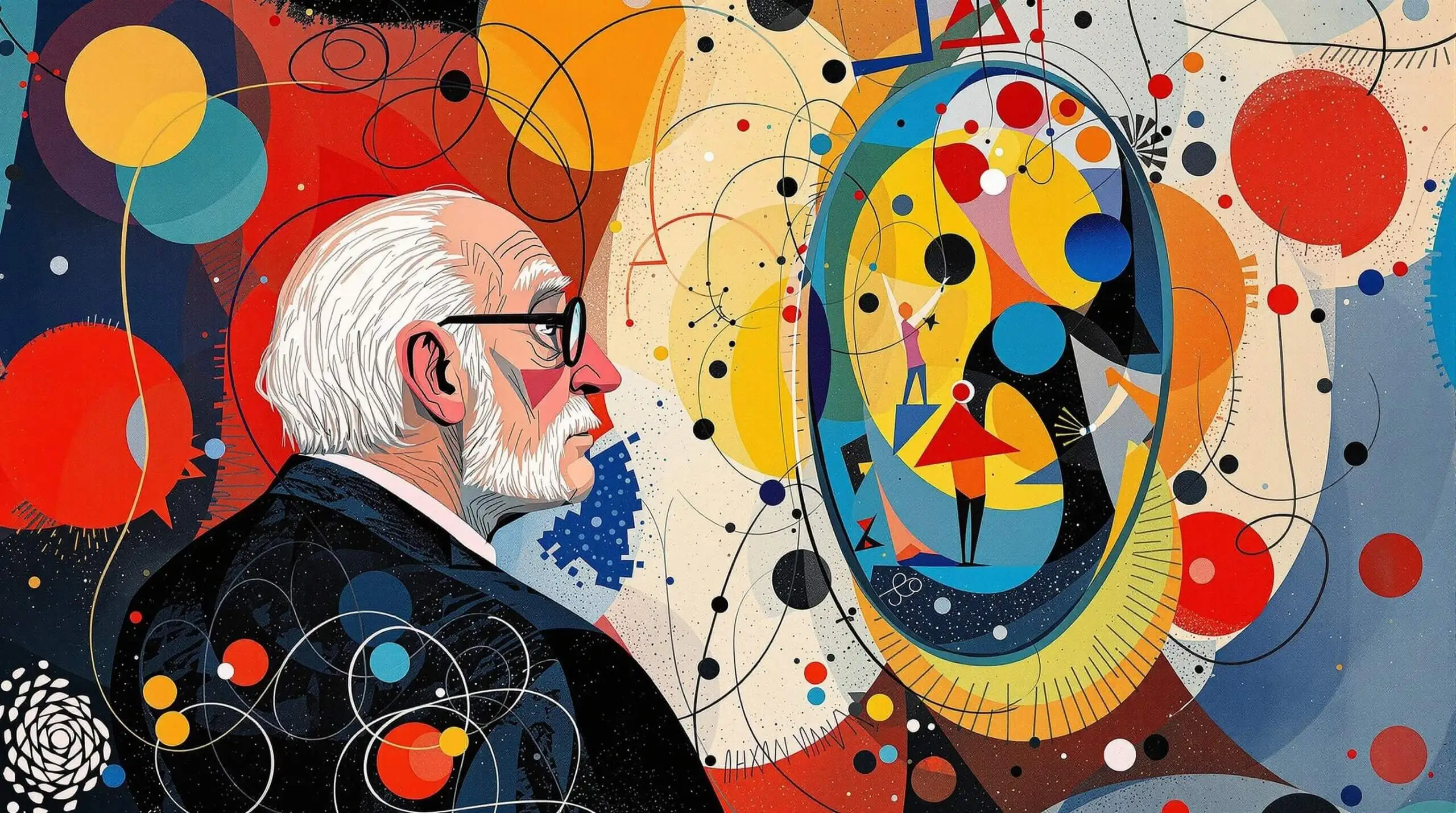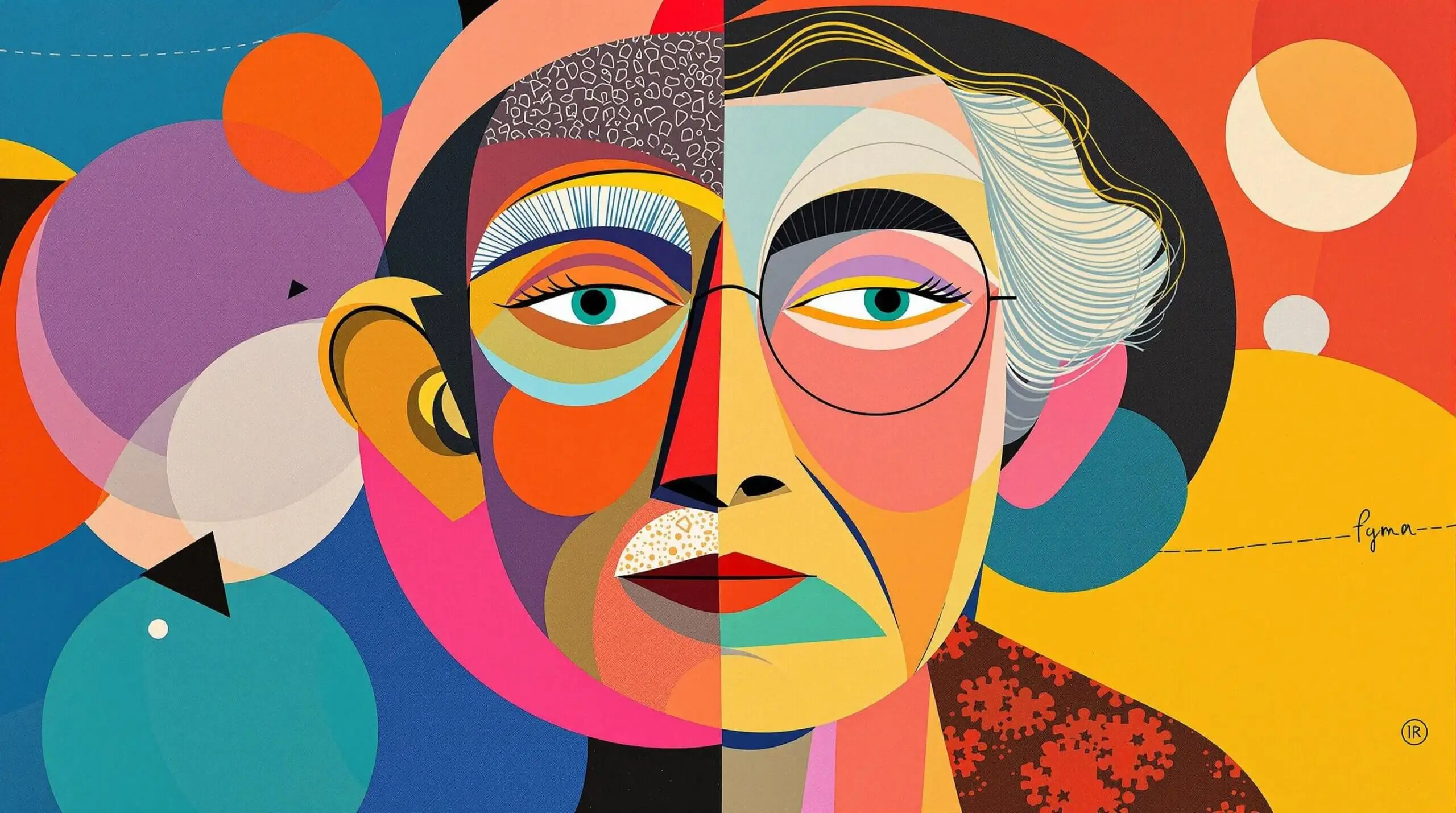The Aging Mirror: Self-Perception and Lifespan
Explore how self-perception influences aging and its impact on lifespan.

Understanding Self-Perception and Its Impact on Aging
The Power of How We See Ourselves
Your mental image of aging might be shortening – or extending – your life. Research from Yale University shows that people with positive attitudes about aging live an average of 7.5 years longer than those with negative views. This isn’t just feel-good psychology – it’s hard science backed by decades of studies.
The Science of Self-Perception and Aging
Our beliefs about aging affect our bodies at the cellular level. When we expect decline, our stress hormones rise, inflammation increases, and our immune system weakens. But positive age beliefs act like a biological shield. Studies show they reduce cardiovascular stress, improve memory function, and even speed physical recovery after injury.
Historical Perspectives on Age Perception
Different cultures view aging vastly differently. In Japan, reaching old age is celebrated as achieving wisdom and respect. The Okinawans, famous for their longevity, don’t even have a word for retirement. Meanwhile, Western societies often frame aging as decline – a view that research suggests may be literally killing us.
Common Myths and Misconceptions
The biggest myth? That mental and physical decline is inevitable with age. Research shows that many age-related changes we consider normal are actually lifestyle-dependent. Another dangerous misconception is that it’s too late to change health habits after a certain age. Studies consistently prove that positive changes at any age improve health outcomes.
Statistics and Research Data
The numbers are striking. Studies show that people with negative age stereotypes have 44% lower memory scores than their positive-thinking peers. Brain scans reveal those with positive age beliefs have significantly less brain shrinkage over time. In workplace studies, older employees with positive self-perceptions outperform younger colleagues in accuracy and consistency.

The Current Science of Age Perception and Longevity
Modern Research Findings
Recent studies using advanced brain imaging show that positive age beliefs actually change brain structure. People who view aging positively have thicker cortical regions associated with memory and emotion regulation. Their hippocampus – crucial for learning and memory – shrinks more slowly than those with negative views.
The Role of Society and Media
Media portrayals of aging significantly impact our self-perception. Countries with more positive media representation of older adults show better health outcomes in their elderly populations. Social media’s youth focus creates additional challenges, but some platforms are starting to showcase diverse age representations.
Biological Mechanisms: How Thoughts Affect Aging
The Mind-Body Connection
Self-perception affects aging through multiple biological pathways. Positive age beliefs reduce cortisol levels, improve cardiovascular function, and enhance immune response. They also increase production of growth factors that protect brain cells and promote tissue repair.
Stress Response and Cellular Aging
Negative age beliefs trigger chronic stress responses that accelerate cellular aging. This affects telomeres – the protective caps on our chromosomes that shorten with age. Studies show people with positive age beliefs maintain longer telomeres, effectively slowing their biological aging.
Key Research Areas
Scientists are focusing on several crucial areas. The connection between age beliefs and inflammation markers offers promising insights. Research into neuroplasticity shows our brains remain adaptable throughout life, especially when we believe in our capacity to learn and grow.
Practical Strategies to Improve Age Self-Perception
- Challenge negative age stereotypes when you notice them
- Seek out positive older role models
- Focus on gaining wisdom rather than losing youth
- Maintain social connections across age groups
- Set new learning goals regardless of age
- Practice gratitude for age-related experiences
- Engage in regular physical activity
- Cultivate meaningful relationships
- Stay engaged with purposeful activities
- Monitor and adjust your own age-related language
Environmental and Social Factors
Our surroundings shape our age perceptions. Living in age-diverse communities promotes positive views. Work environments that value experience over youth show better outcomes for all employees. Social support networks that span generations help maintain positive age beliefs.
Cultural Perspectives on Aging
Global Age Attitudes
Different cultures show remarkable variation in aging outcomes. Societies that revere their elderly often report better health outcomes and longer lifespans. For example, Greek mountain villages with strong age-positive cultures show unusually high concentrations of healthy nonagenarians.
Traditional Wisdom vs Modern Views
Many traditional societies understood the value of positive age beliefs. They created roles and responsibilities that kept older adults engaged and respected. Modern societies can learn from these approaches while adapting them to contemporary life.
Implementing Change: Personal and Social Strategies
Individual Actions
Personal change starts with awareness. Notice your automatic thoughts about aging. Replace limiting beliefs with evidence-based perspectives. Create new challenges and goals that excite you, regardless of age. Build relationships with positive older role models.
Community-Level Changes
Communities can promote positive aging through intergenerational programs, age-friendly urban planning, and inclusive social activities. Schools can reduce age bias by bringing older adults into classrooms as mentors. Workplaces can benefit from age-diverse teams and mentorship programs.
Future Directions in Age Perception Research
Scientists are exploring fascinating new areas. Brain imaging studies track how positive age beliefs affect neural circuits. Research into epigenetics examines how our thoughts about aging might modify gene expression. Social scientists study how digital technology affects age perceptions across generations.
Understanding the connection between self-perception and aging opens new possibilities for extending healthy life. The evidence is clear – our beliefs about aging significantly impact how we age. By fostering positive age beliefs while challenging negative stereotypes, we can add both years to life and life to years. This isn’t about denial or false optimism – it’s about aligning our beliefs with scientific reality: aging can be a period of growth, meaning, and continued vitality.
Essential Tips for Fostering Positive Age Beliefs
- Question negative assumptions about aging
- Celebrate age-related achievements
- Share stories of positive aging experiences
- Create meaningful goals at every life stage
- Build connections across generations
- Stay engaged in learning and growth
- Maintain physical and mental activity
- Cultivate purpose and meaning
- Practice self-compassion
- Support age-positive social changes
The relationship between self-perception and lifespan represents one of the most powerful yet underutilized tools for extending human healthspan. By changing how we think about aging, we change how we age. This isn’t just positive thinking – it’s a scientifically validated approach to living longer, healthier lives. The choice to view aging as an opportunity rather than a decline could be one of the most important health decisions we make.